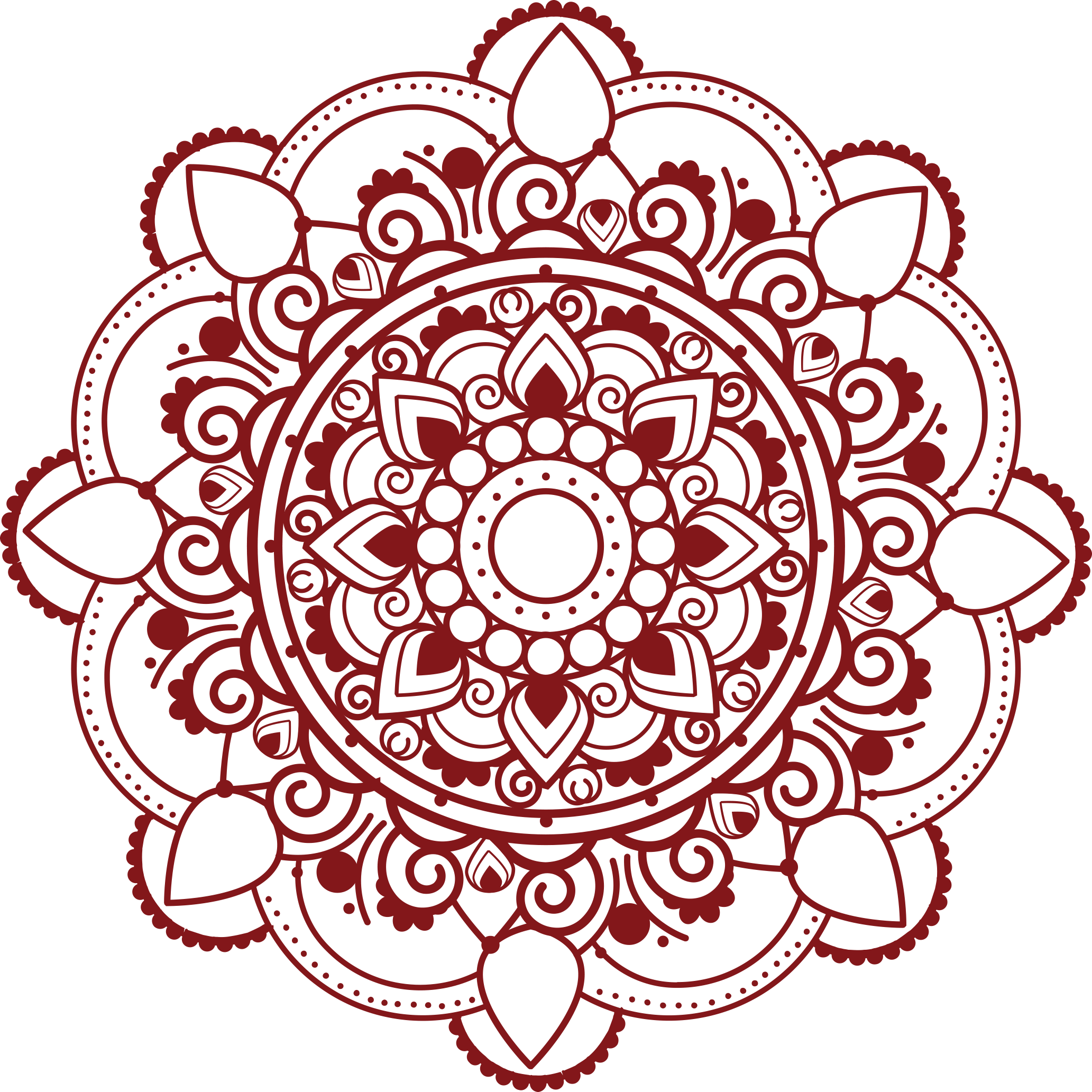Online Studio Membership
Manage Your Account
Where can I login to my account for the Online Studio?
How do I reset my password for the Online Studio?
Where can I find support for navigating the features of the Online Studio?
Cancelling Your Membership
Online Studio Tech Troubleshooting
Refund Policy
Gift Cards
Contact Us
Current Students & Alum
Enrolled Students (Uscreen)
Is it necessary to memorize all the body parts to memory for the written exam?
Where can I purchase the required textbooks for my program?
How can I access the "Your Yoga Flow Studio"?
How do I submit my practicum video?
I'm unable to locate the practicum flow submission form and the video submission form within the course. Can you assist?
I've filled out the Practicum Video Class Submission form but haven't received the upload instructions. Can you help?
How long will it take to receive feedback on my practicum submission?
Can I edit my practicum video before submitting?
Which Bluetooth microphone is most recommended for recording my practicum and conducting live sessions?
Is it permissible to incorporate variations of the poses covered in the program into our practicum?
How many verbal cues should I provide for each yoga pose in my practicum?
How crucial is it for the teacher to showcase impeccable alignment in the practicum video?
Is it permissible to keep my phone close during the practicum for music and time-tracking purposes?
Am I required to select one of the Pranayamas, Meditations, Mantras, and Mudras from the program for my practicum, or can I incorporate alternative ones?
During the practicum, should we lie in Savasana ourselves or remain seated to maintain the class's energy and presence?
Is it appropriate to include Sun Salutations for beginners in my practicum?
How can you seamlessly integrate props into your practicum video?
Is it permissible to integrate Pranayama with Asana during the practicum?
How can I make my mat fit in the frame of my phone when teaching my practicum?
How can I move forward if I'm finding it challenging to develop my practicum?
How many poses (asana) should I include in my practicum?
How do I upload my video practicum following the submission of my written flow?
Is there a specific structure required for the asana sequence in the practicum?
Can I craft my own affirmation or phrase to use as my Mantra for the practicum?
Do I have to teach a Pranayama OR Meditation from the curriculum in my practicum submission?
Can I merge my Mantra and Meditation for the practicum?
What occurs if I don't pass the practicum?
What are the optimal camera or iPhone settings for recording my practicum?
How should I approach teaching postures in my class for the practicum if I'm hindered by a personal injury or condition?
When is the optimal time to instruct pranayama or meditation: at the start, midpoint, or conclusion of my practicum?
For the practicum, can we incorporate stretches that weren't covered in the course content?
For the practicum, should we only record ourselves instructing, or do we also need to include students in the recording?
For the practicum, am I allowed to play music during the quiet segment of Savasana?
How can I access the yoga classes and guided meditations from a lecture in my course?
How can I download or print materials from my program?
Is there a deadline to submit the practicum after finishing the written exam?
How can I best utilize technology to enhance my online learning experience?
Are written exams monitored or supervised?
I'm having login issues when trying to access my program(s). Can you help?
Why was I redirected to a previous section of the course, and how can I return to my last position?
How do I know which Live Classes I should watch?
How do I purchase the Student Membership for the Online Studio?
After completing the 200 Hour program, is it recommended to teach prior to enrolling in the 300-Hour training?
Can I pause my subscription?
Contact Support
I have some queries about the "Business of Yoga". Can you help?
What if I can't attend the Live sessions?
What does the final written test cover?
How do I submit my Written Flow?
Check out the Resource Hub!
Do I have to turn in assignments?
I have some questions about teaching yoga classes. Can you help?
How many Live Class Sessions & Live Development Sessions do I need to attend?
I need assistance with billing, have questions about navigating the platform, or wish to speak with someone at the Studio.
How do I watch Live Classes for my certification?
I'm experiencing difficulties uploading my practicum video. How can I resolve this?
Upon completing this program, can I register with Yoga Alliance as a 500-Hour Registered Yoga Teacher (500RYT)? Is is required?
How do I log how many Live Sessions I have attended?
Enrolled Students (On UDEMY Platform)
Live Session FAQS
I need to watch Live sessions for my certification. How do I access these?
How do I know which Live Sessions to watch?
What should I do if I can't always attend the Live sessions?
How many Live Sessions do I need to attend to obtain certification?
How to log and keep track of your Live Sessions?
Why do we need to pay for Live Access and Certificates (if we want them)?
Online Studio Membership
GOYA Membership
Certificates
I have my Udemy certificate, but I'd like one from the School as well. How can I make this request?
I applied for a School certificate but haven't received it yet. What is the typical processing time for issuance?
Why is there a fee associated with obtaining a certificate from the School?
I have not received my Udemy certificate? How can I access this?
How will I receive my Udemy certificate?
Resource Hub
Contact Us
Resources for All Students
General Teaching FAQS
How can I provide alternatives for individuals who find transitioning to and from the mat challenging?
Do I need to feature a peak pose in every class, and what exactly is it?
How can teachers safely demonstrate poses during a class if they haven't been actively participating?
How can I suggest adjustments for individuals with wrist discomfort?
Where is the optimal placement for Sun Salutations within a class sequence?
Is relaxation the same as meditation?
Does Ujjayi Pranayama have a calming effect or does it stimulate and generate heat?
What are some recommendations for conducting guided meditations effectively?
What options are available if I'm unable to step my foot forward to the front of the mat?
Is it appropriate to incorporate a Savasana both at the start and conclusion of my yoga session?
Is it acceptable to produce a bee-like buzzing sound during Bhramari breath rather than a humming noise?
How does repetition influence and enhance yoga sequencing?
How can I convey the holistic aspects of yoga with confidence, even when there's limited scientific evidence to support it?
How should the number of breaths per pose differ between a Hatha class and a Vinyasa class?
Is using the term "Namaste" as a yoga teacher considered cultural appropriation?
How can you effectively manage time while teaching a class?
How much time should I allow for students to be seated at the beginning of my yoga class?
In Restorative Yoga, is it appropriate to incorporate Hatha-style movements between the restorative postures?
Is there a particular side of the body you should turn to after Savasana before rising?
What is the difference between Hatha Yoga and Vinyasa Yoga?
In Prenatal Yoga, is it recommended to only lie on the left side in the fetal position for Savasana?
Is there a specific rationale for sequencing one side of the body before the other, such as starting with the right side before the left?
How can teachers ensure consistent breath and voice stability while teaching and showing poses in class?
Anatomy & Physiology FAQS
What distinguishes locked joints from close-packed joints?
How can I offer modifications for students with knee issues?
Is jumping considered movement in the transverse plane? Additionally, in which plane does stepping to the left or right occur?
Why isn't the Teres Major included in the rotator cuff muscle group? Also, is there a specific name for movement at a 45-degree angle in terms of anatomical planes?
Is the concept of spinal flexion and extension, where flexion brings vertebrae closer and extension moves them apart, based on a frontal view of the spine?
Why are specific yoga poses discouraged during menstruation?
Business of Yoga Teaching FAQS
- All Categories
- Current Students & Alum
- Enrolled Students (Uscreen)
- How can you seamlessly integrate props into your practicum video?
How can you seamlessly integrate props into your practicum video?
 Updated
by Support Team
Updated
by Support Team
In reviewing practicum videos, we often observe that props might seem like an addition rather than an integral part of the practice, or they're cited but not put into action.
As teachers, it's crucial to familiarize ourselves with incorporating props consistently in our sessions, ensuring students are encouraged to utilize them too. Demonstrating their use can be especially beneficial for newcomers and those who are visual learners.
Begin your class by outlining the props necessary for the session. This ensures students can prepare in advance, reducing disruptions caused by last-minute prop fetches.
Throughout your session, be mindful of the continuous integration of props. Remember, props can effectively bridge the gap between the body and the ground. Some often-overlooked prop suggestions include placing two blocks under the hands during standing forward folds and lunges. In poses like Warrior 3, having two blocks at the mat's front can provide stabilizing support. For Child’s pose, consider suggesting a bolster between the thighs and calves, and a block under the forehead for added comfort. In positions where there's knee pressure, such as tabletop, a blanket or cushion can alleviate discomfort. Additionally, in reclining postures, a cushion under the head can be beneficial for those with issues like high blood pressure or dizziness.
The essence of using props is to actively demonstrate and suggest their use, continuously thinking of inventive ways to integrate them, ensuring your class remains inclusive and adaptable for everyone. It's pivotal to understand that a prop, no matter how minor it seems, can be transformative for someone's practice.
